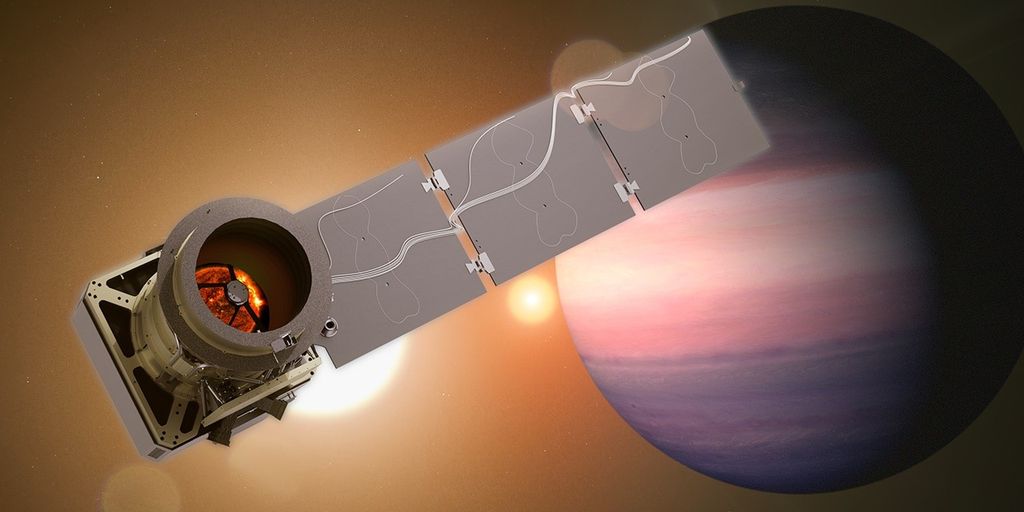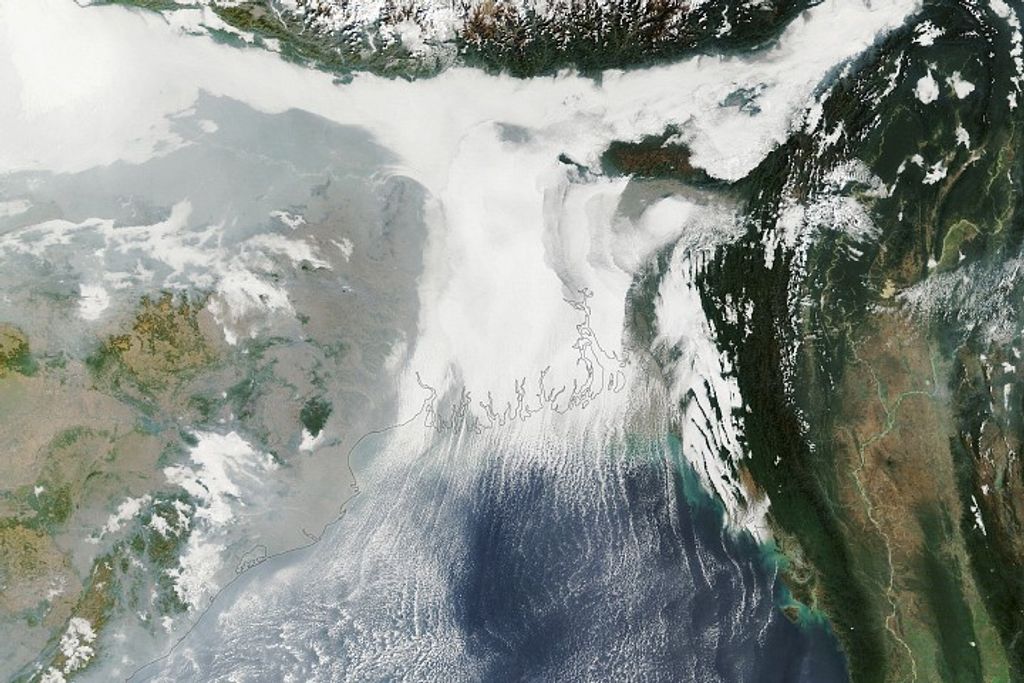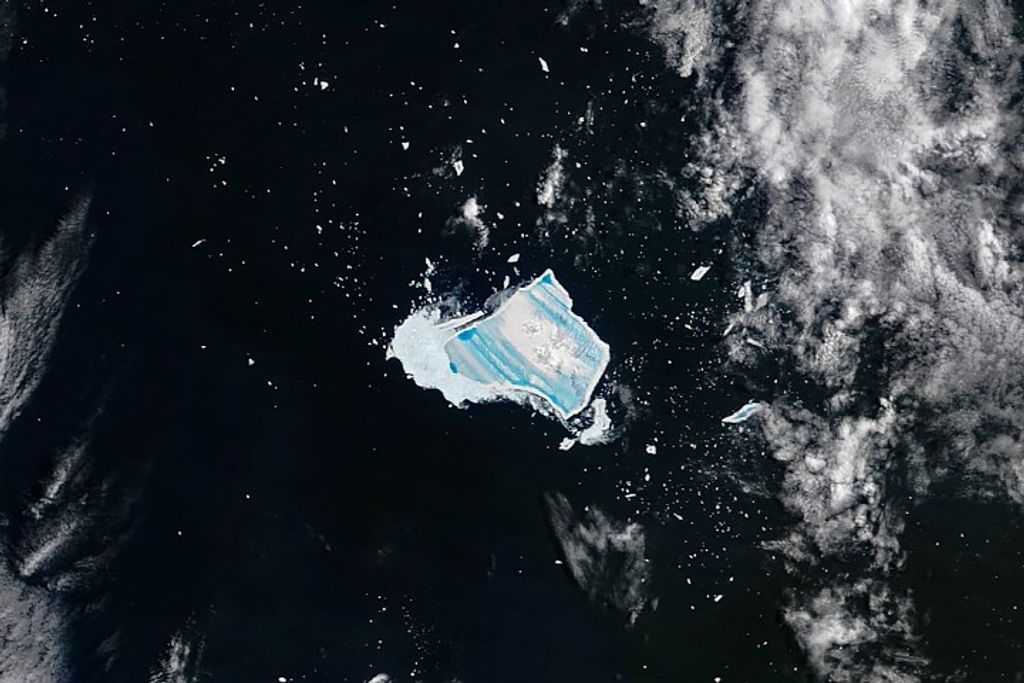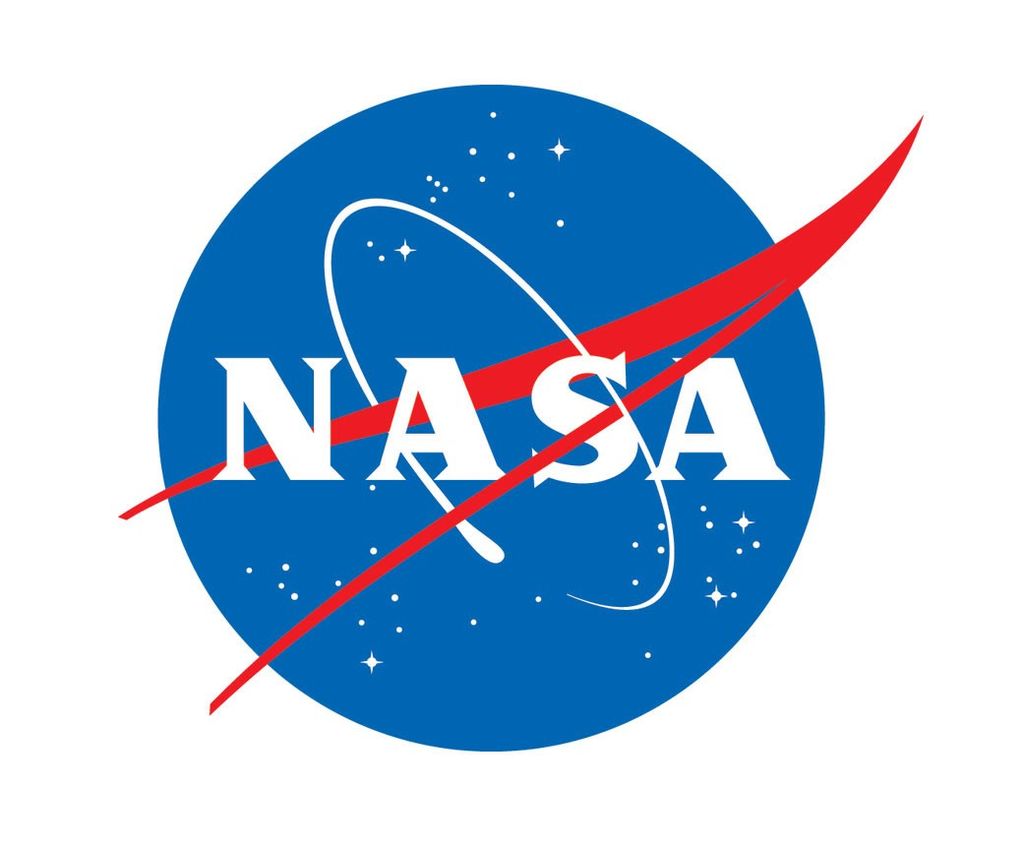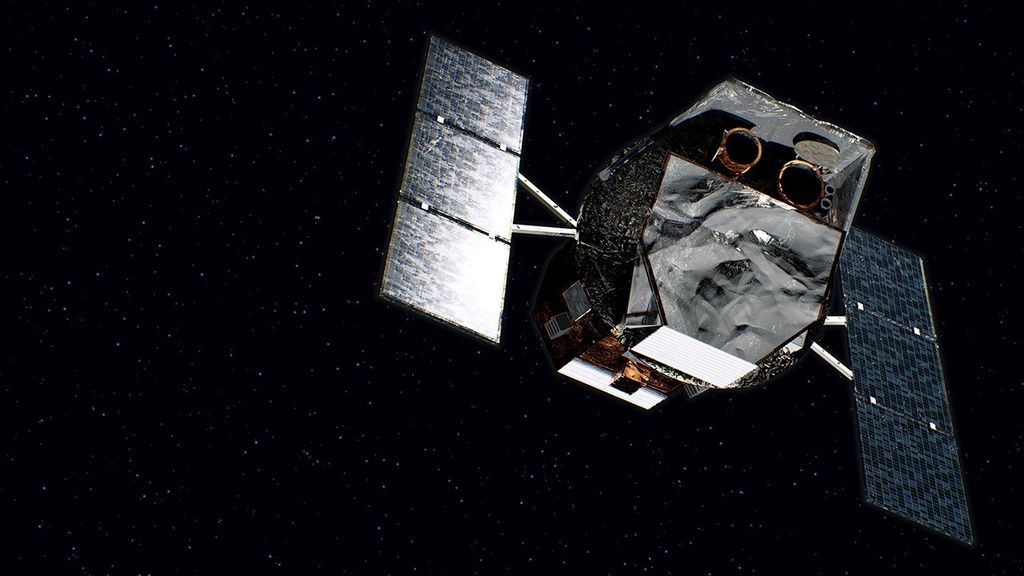1 min read
Hubble-Webb Mirror Comparison
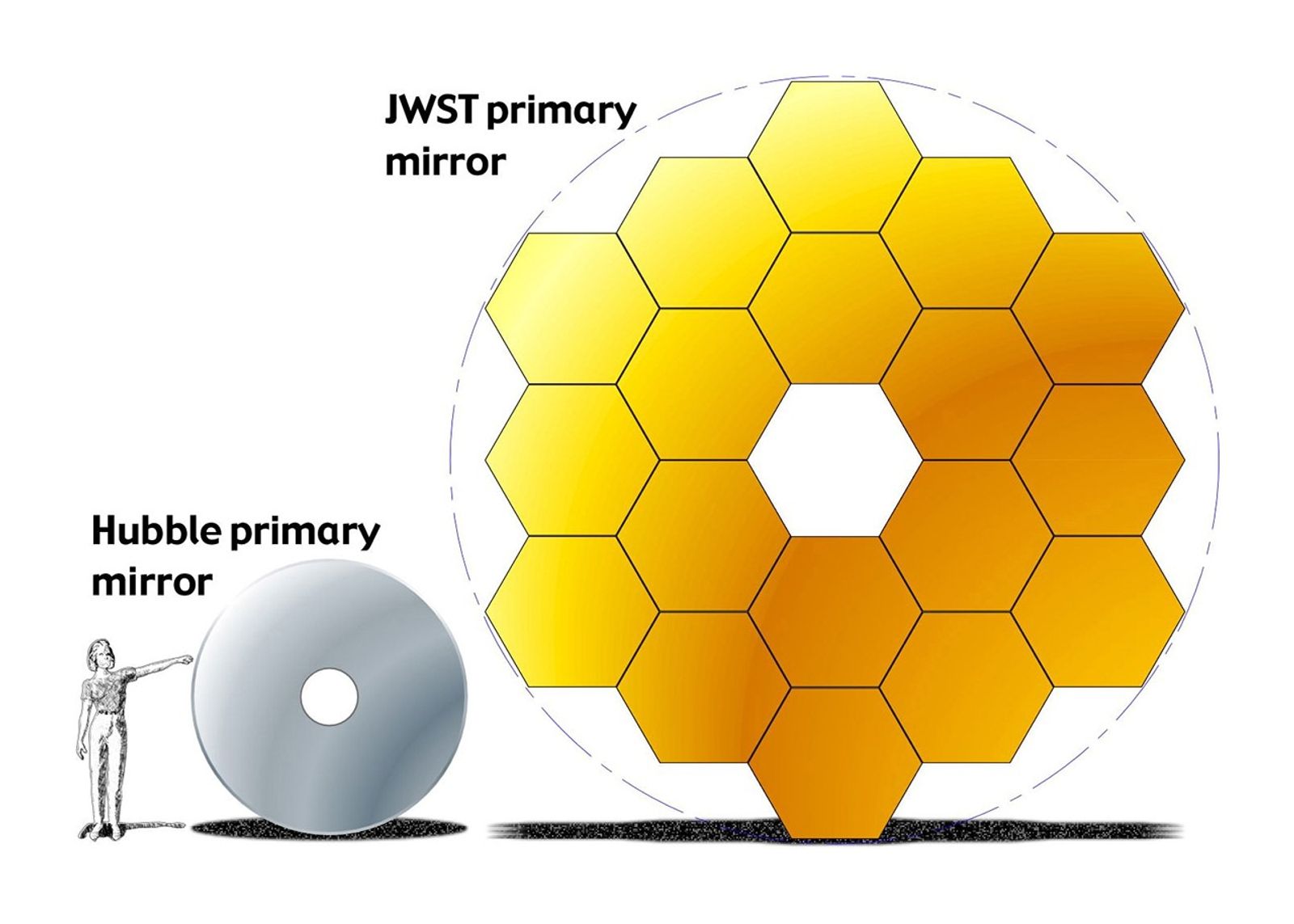
Webb’s primary mirror is 6.6 meters (21.7 feet) across, with a total collecting area of more than 25 square meters (270 square feet). By comparison, Hubble’s mirror is 2.4 meters (7.8 feet) in diameter, with a collecting area of a little more than 4.5 square meters (nearly 50 square feet). Mirror size is important because it determines how much light the telescope can collect over a given period of time. A larger mirror can collect light more quickly, and thus detect dimmer or more distant objects (i.e., it has higher sensitivity) and provide clearer, more detailed images and spectra (higher resolution) than a smaller mirror of the same construction.
Share
Details
Laura Betz
NASA’s Goddard Space Flight Center
Greenbelt, Maryland
laura.e.betz@nasa.gov
NASA, ESA, CSA, STScI




